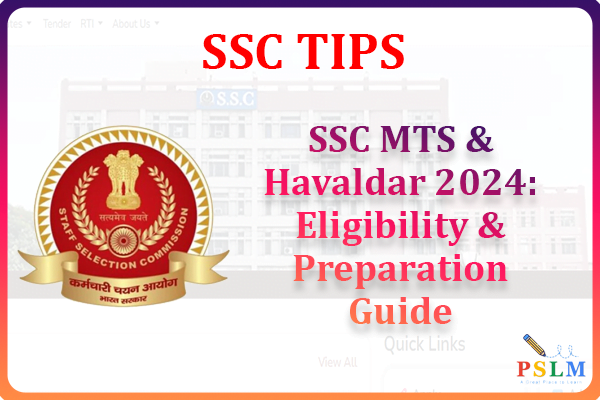1. Distinction between Innovation and transformation, reforms or improvement
Critical and most important distinction between innovation and other terms used is that innovation is context specific and addresses the need to find a solution to a problem using those methods which are not conventional or traditional in approach. These solutions designed are usually local specific and may or may not be generalised. Innovations begin to question these conventional systems, processes and methods and hence tend to alter the status quo through interventions. It is referred to as disruption, which is an important feature of innovations in organisations. This particularly contrasts innovations from other approaches to change through transformation, reforms or improvement. The latter three need not necessarily question the conventional methods to alter the status quo but efforts may continue in the traditional direction to result in systemic changes. Even these alter the equilibrium in the system. However, these changes may be temporary or on long term basis.
Another important aspect of innovation is ‘cost effectiveness’ accompanied with impact. All innovations are aimed at end-results to be achieved incurring minimal expenditure and maximum result. Innovations in schools especially look at this aspect as a high priority area since schools are faced with the challenge of funds and external funding directly is not encouraged currently, other than contributions in kind and services. Reforms, transformation, improvement, etc. may not focus on this aspect as funding is mostly from external agency or agencies which aim at progress as defined by them. This implies that methods and techniques may be defined by those agencies providing funds and need not necessarily involve ‘novelty’ as a critical component. They are also not obliged to adopt non-traditional or unconventional approaches to bring about changes which calls for risk taking when large sums of money is spent by external donors. Thus, while Innovation adopts an entirely new method/ technique that are non-conventional, improvement or reforms or transformation usually builds on existing conventional approaches, well tested and proved successful in other areas or systems or from within the system. In these cases, very little autonomy is placed on the schools which is the hub of change process. Hence, all changes need not be innovations but all innovations must necessarily involve change.
2. Relationship between Innovation and transformation, reforms or improvement
3. Distinction between Creativity, inventions and Innovations
Please start the course for more information on school Leadership pslm.niepa.ac.in



